Over half of women who are seen in mental health settings are currently experiencing, or have experienced intimate partner violence (IPV) . Conditions including panic attacks, post traumatic stress disorder, unmanaged substance use, depression, suicidal ideation, and anxiety show up at higher rates among of survivors of IPV than other individuals. Because the trauma from IPV is carried by the body long after the violence has stopped, the half life of domestic violence can be especially long.
This can partially be explained by something called the “allostatic load.” When we are faced with immediate stress and danger, our bodies respond by releasing hormones like cortisol and adrenaline. This essential function, our “fight or flight” response, is an evolutionary advantage and is essential to our survival. When these hormones are released in short bursts, our heart rates, blood pressure, and muscle tension increase, while our digestive and immune function decrease. Our bodies typically stop producing these hormones after the dangerous situation has passed, but this is oftentimes not the case for survivors of domestic violence.
When individuals are in abusive relationships, their minds and bodies are in perpetual states of alertness, a mechanism to protect against the violence they are experiencing. The “fight or flight” response is always and necessarily on. When a survivor is able to leave the violent situation, they may remain in this state of hyperarousal that the body has grown accustomed to. Adrenaline and cortisol in small quantities help us survive, but a constant stream of the hormones can take a serious toll on the body. The allostatic load is the result of body systems being pushed beyond their limits, and contributes to increased rates of heart disease, diabetes, and mental illness among survivors.
This Mental Health Awareness Month, we must consider the long-term impacts violence has on people’s lives. It is estimated that survivors of partner violence spend 20 percent more money on medical care than other individuals. Individuals who have mental health conditions are more likely to be victims of domestic violence, and survivors of domestic violence are more likely to go on to develop mental health conditions. Moreover, mental health conditions are often overrepresented in communities with less access to resources in general -- exacerbating the burden of paying for care and increasing the chance that a survivor is revictimized. The link between mental illness and domestic violence does not break when an abusive relationship ends; rather, it poses a whole new set of challenges for survivors to combat in their journey to heal.
To support survivors, La Casa de las Madres offers therapy and counseling, and refers clients to providers for continued medical care and support. Our family advocates build safety plans with survivors to ensure they are caring for themselves in periods of deep mental distress and beyond, whether that be brainstorming ways to regularly take medication, practice self care, or reduce the harm of dangerous behaviors. Healing from violence is a lifelong task for many -- but with the right tools and unconditional community support, survivors can thrive.

